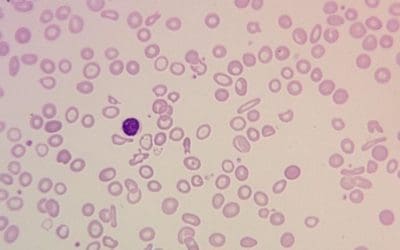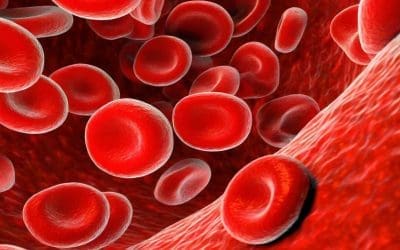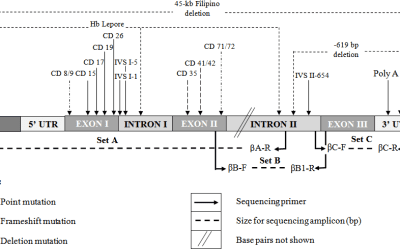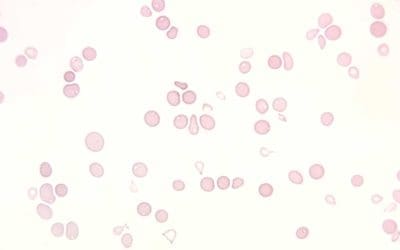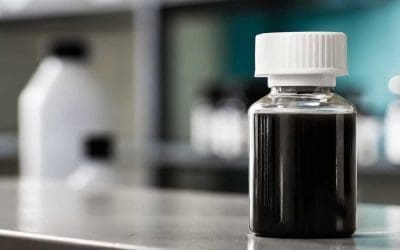Drug-induced immune hemolytic anemia (DIIHA) challenges diagnostic workup due to diverse mechanisms (hapten model most common). Consider DIIHA in hemolytic anemia with recent medication initiation & positive DAT.
Autoimmune Hemolytic Anemia (AIHA)
AIHA: When your own immune system attacks healthy red blood cells, causing anemia. Treatment aims to suppress this immune response
Hemolytic Anemia
Hemolytic anemia occurs when red blood cells are destroyed faster than they’re produced, leading to fatigue, weakness, and shortness of breath.
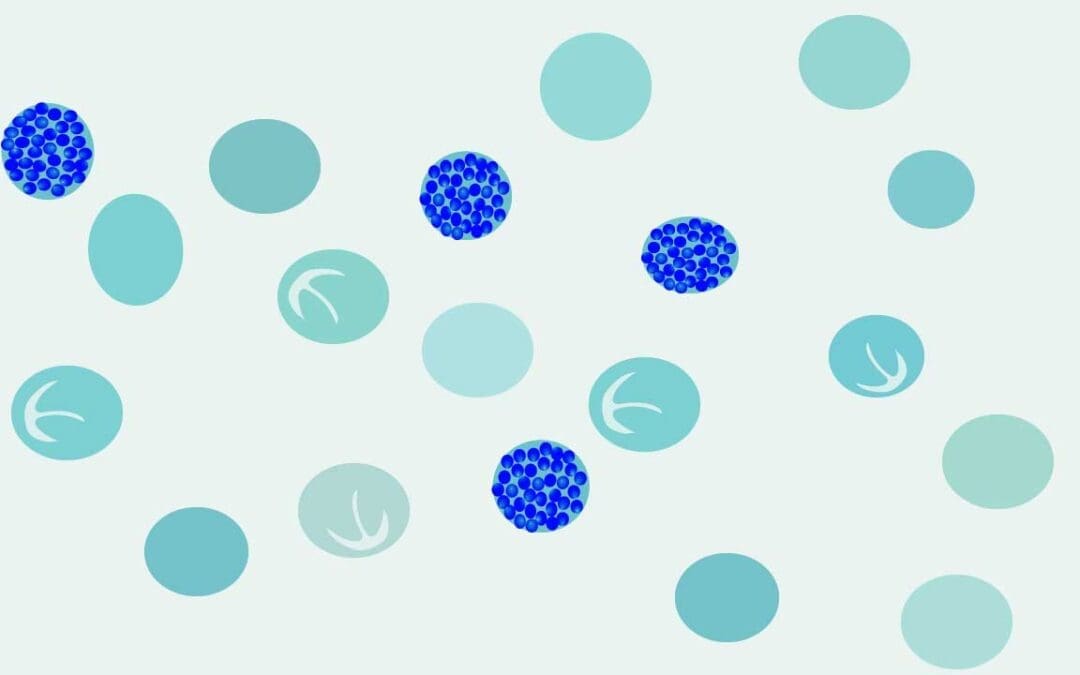
Red Blood Cell Inclusion Bodies
Red blood cell inclusions are hidden clues! These structures in RBCs signal underlying issues. Learn how they help diagnose anemia & other blood disorders.
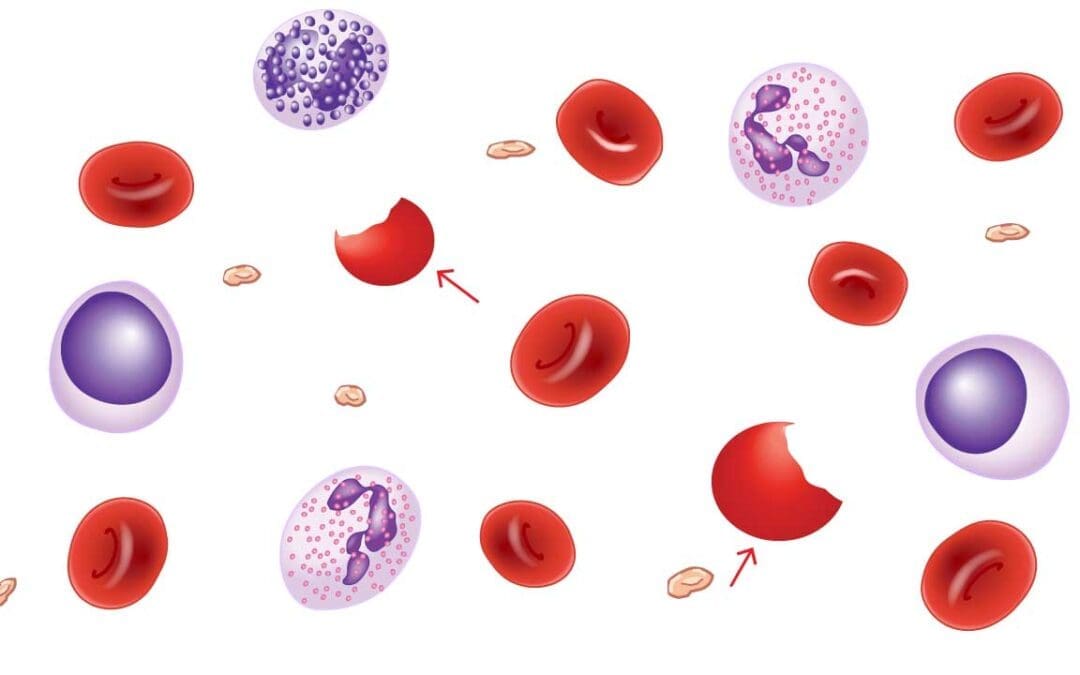
Red Blood Cell (RBC) Morphology
Red blood cell (RBC) shapes and sizes offer clues to health! Normal RBCs are round and disc-shaped, but abnormal shapes like sickle or teardrop forms can indicate underlying conditions like anemia. Let’s explore what these variations mean!
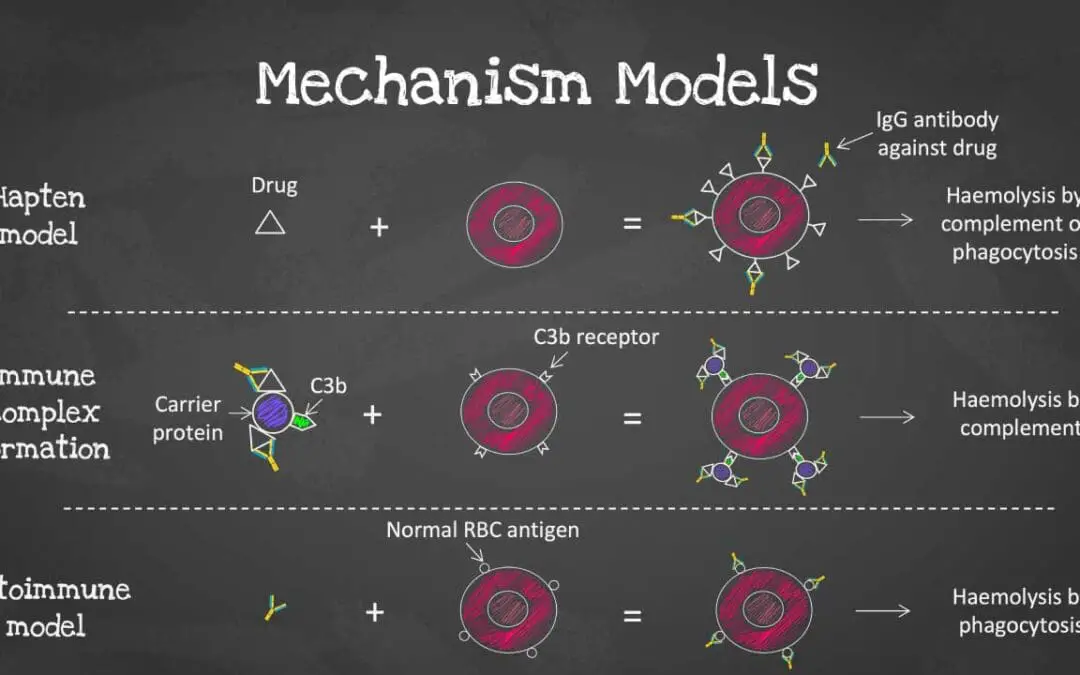
Drug-Induced Immune Hemolytic Anemia (DIIHA)
Drug-induced immune hemolytic anemia (DIIHA) challenges diagnostic workup due to diverse mechanisms (hapten model most common). Consider DIIHA in hemolytic anemia with recent medication initiation & positive DAT.
Anemia: A Comprehensive Guide to Diagnosis, Causes, and Management
Anemia is a condition characterized by a deficiency in red blood cells or hemoglobin below the physiological need of the body.
Red Blood Cells (RBCs): The Oxygen Taxi of the Body
Red blood cells are biconcave disc-shaped cells that transport oxygen from the lungs to other parts of the body.
Beta-Thalassemia PCR for Sequencing
The beta globin gene PCR protocol for sequencing involves amplifying the beta globin gene using specific primers, followed by Sanger sequencing to determine the DNA sequence.
Aplastic Anemia (AA): A Bone Marrow Failure
Aplastic Anemia, a rare and serious bone marrow failure syndrome, causes pancytopenia, where all the blood cell lineages are suppressed.
Erythrocyte sedimentation rate (ESR)
ESR measures the sedimentation rate or the length red blood cells fall in a vertical tube over a period of time.
Brilliant Cresyl Blue (BCB) Stain (Methylene Blue)
BCB or new methylene blue (NMB) stains are also known as supravital stains. These stains are commonly used to stain reticulocytes, Heinz bodies or H inclusions

